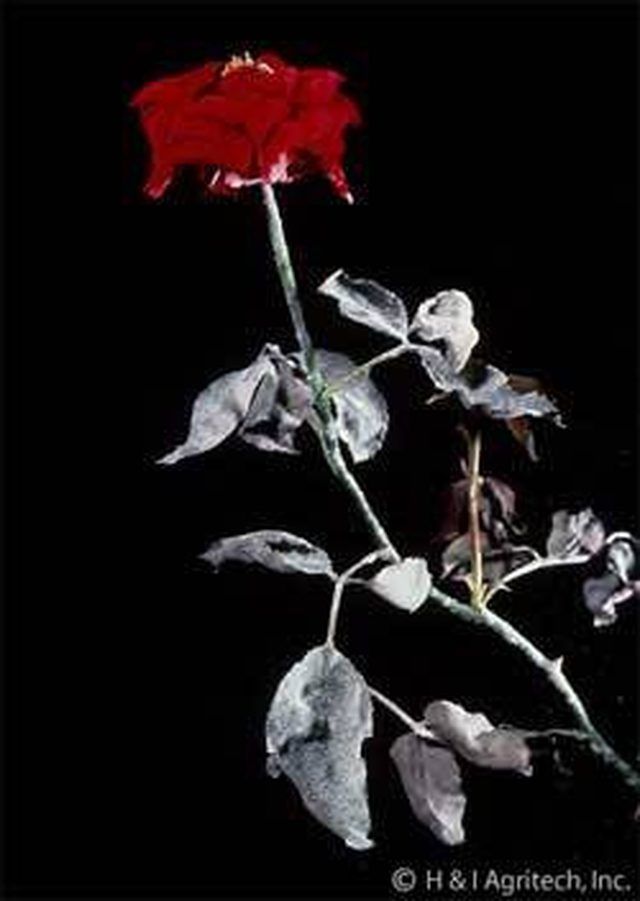Bulbs
Flower Basics
Flower Beds & Specialty Gardens
Flower Garden
Garden Furniture
Garden Gnomes
Garden Seeds
Garden Sheds
Garden Statues
Garden Tools & Supplies
Gardening Basics
Green & Organic
Groundcovers & Vines
Growing Annuals
Growing Basil
Growing Beans
Growing Berries
Growing Blueberries
Growing Cactus
Growing Corn
Growing Cotton
Growing Edibles
Growing Flowers
Growing Garlic
Growing Grapes
Growing Grass
Growing Herbs
Growing Jasmine
Growing Mint
Growing Mushrooms
Orchids
Growing Peanuts
Growing Perennials
Growing Plants
Growing Rosemary
Growing Roses
Growing Strawberries
Growing Sunflowers
Growing Thyme
Growing Tomatoes
Growing Tulips
Growing Vegetables
Herb Basics
Herb Garden
Indoor Growing
Landscaping Basics
Landscaping Patios
Landscaping Plants
Landscaping Shrubs
Landscaping Trees
Landscaping Walks & Pathways
Lawn Basics
Lawn Maintenance
Lawn Mowers
Lawn Ornaments
Lawn Planting
Lawn Tools
Outdoor Growing
Overall Landscape Planning
Pests, Weeds & Problems
Plant Basics
Rock Garden
Rose Garden
Shrubs
Soil
Specialty Gardens
Trees
Vegetable Garden
Yard Maintenance
How to Kill Mold & Mildew on Flowers
How to Kill Mold & Mildew on Flowers. Mold and mildew are recognizable plant diseases. These identifiable attackers of plants and flowers presents with a white, powdery, string-like growth. It appears on flower petals, stems and leaf surfaces. The mold and mildew found on the flowers rarely kills them, but it can inhibit their growth and weaken...

Mold and mildew are recognizable plant diseases. These identifiable attackers of plants and flowers presents with a white, powdery, string-like growth. It appears on flower petals, stems and leaf surfaces. The mold and mildew found on the flowers rarely kills them, but it can inhibit their growth and weaken their health. Killing the mold and mildew is possible with the right products.
Things You'll Need
Gloves
Mask
Fungicide
Spray bottle
Water your plants early in the day so the moisture accumulated on the flowers can dry before sunset.
Space your flowering plants far enough apart to allow for good air flow.
Prevent a mold and mildew infestation by applying a liquid fungicide to the soil every one to two weeks during optimum weather conditions. Fungicides can be purchased at any home and garden store. Follow the manufacturer's recommended instructions.
Spray garden plants and flowers that have already been attacked by mold and mildew with a fungicide mixture. Add 2 tbsp. of liquid fungicide to 2 gallons of water.
Coat the flowers and leaves with the fungicide mixture once a week for three weeks. The fungicide kills the mold and mildew in seconds. The dead spores are washed off the flowers with the next rainfall or watering.
Tips & Warnings
The spores from mold and mildew are abundant in our gardens, yet the diseases caused by the fungus thrive best in certain weather conditions. Cool night temperatures, mixed with warm day temperatures, and high humidity, are ideal for mold and mildew growth.
Wear gloves to protect your hands from chemicals and a mask to prevent inhaling the fungicide fumes.
Spores released from mold and mildew cause respiratory illness and hard-to-control allergies. The spores are too small for our naked eyes to see, so inhaling them from the air is a concern.